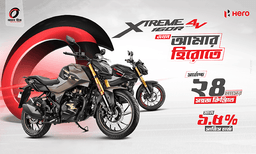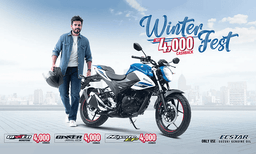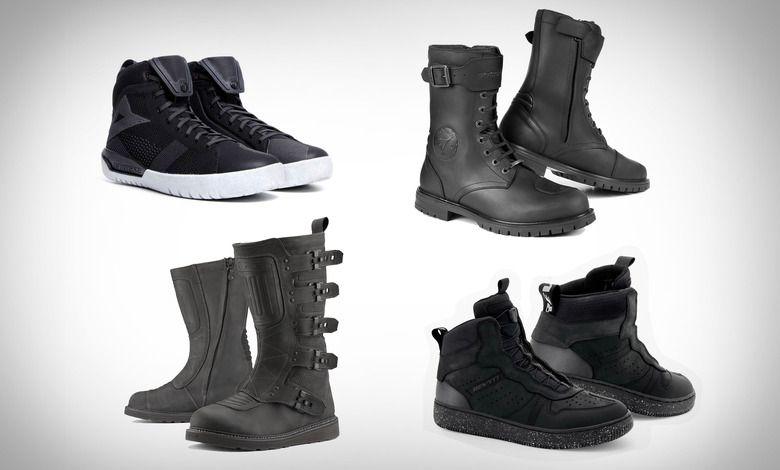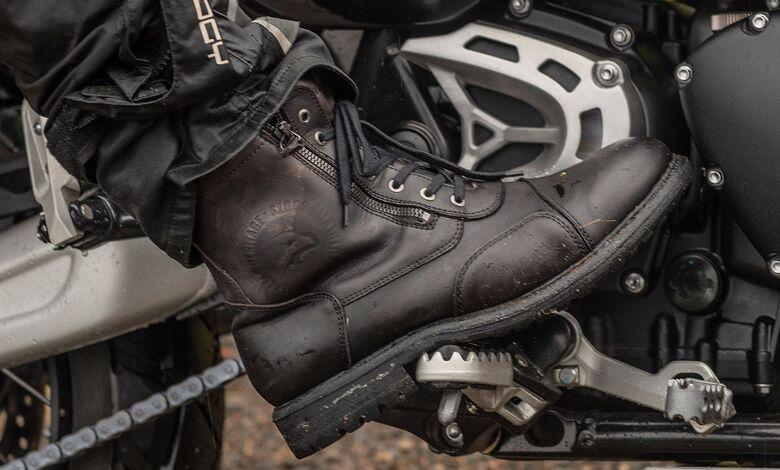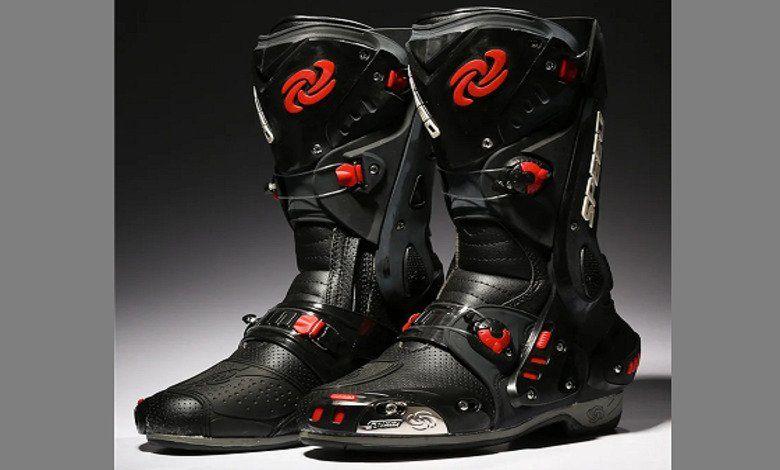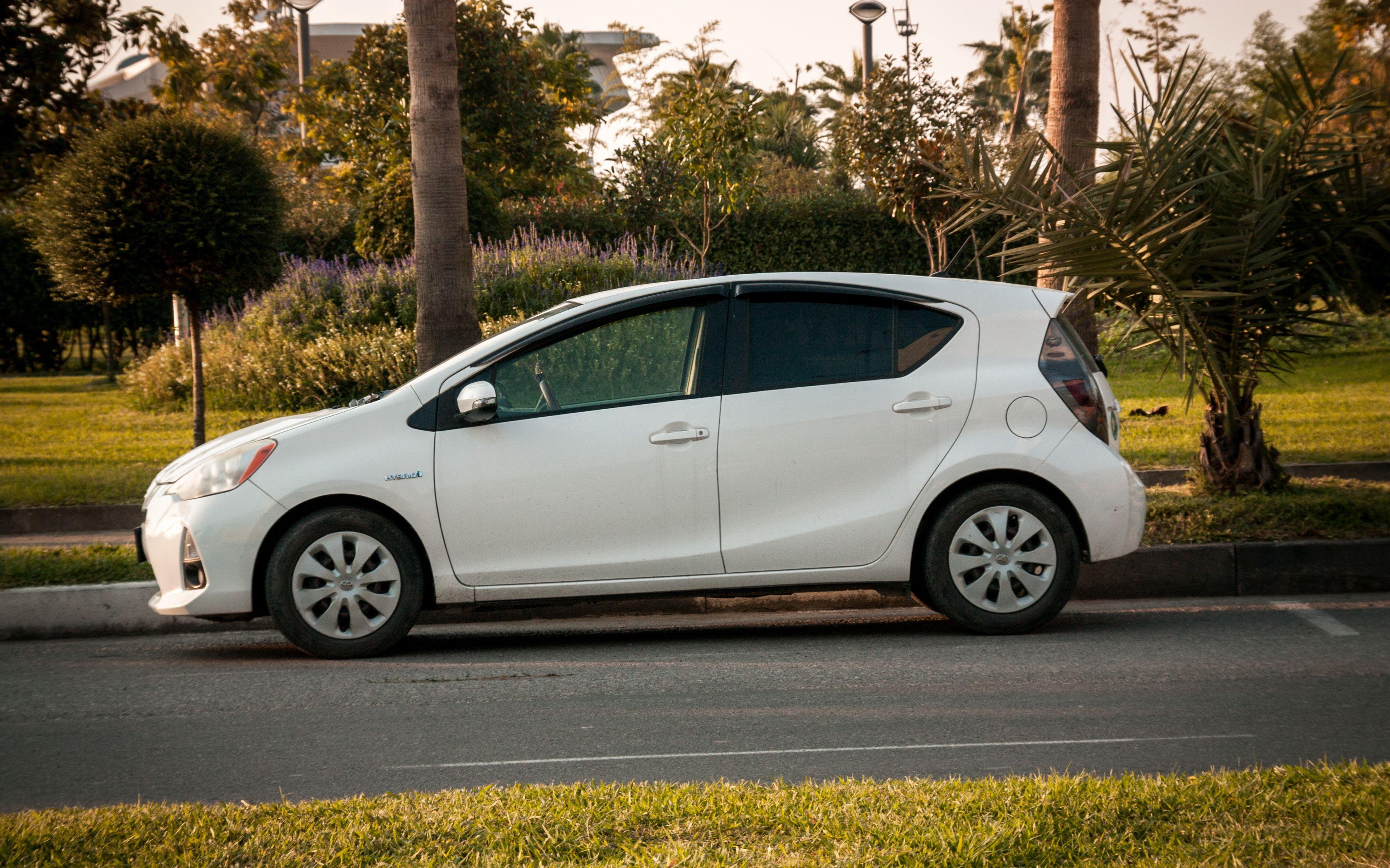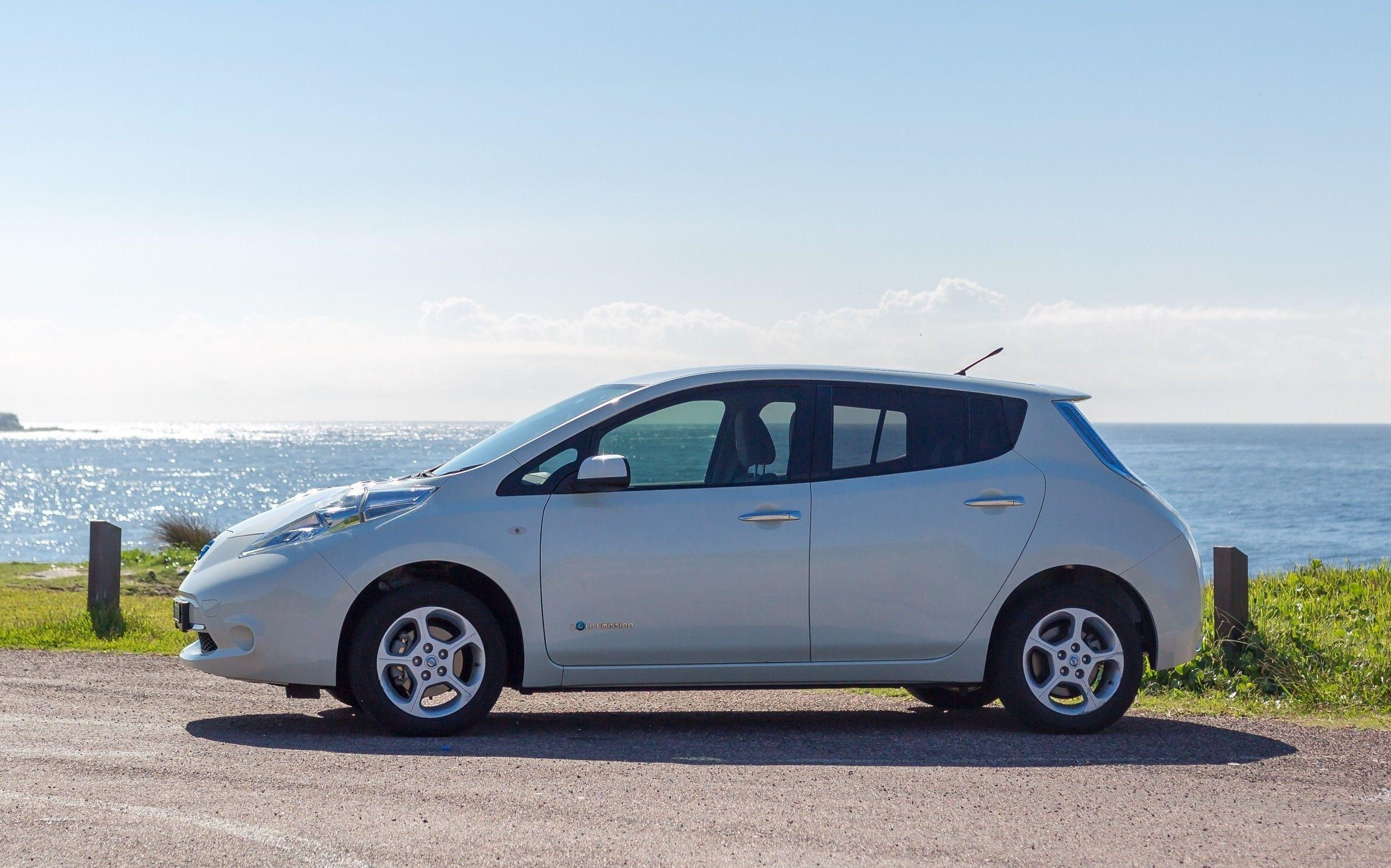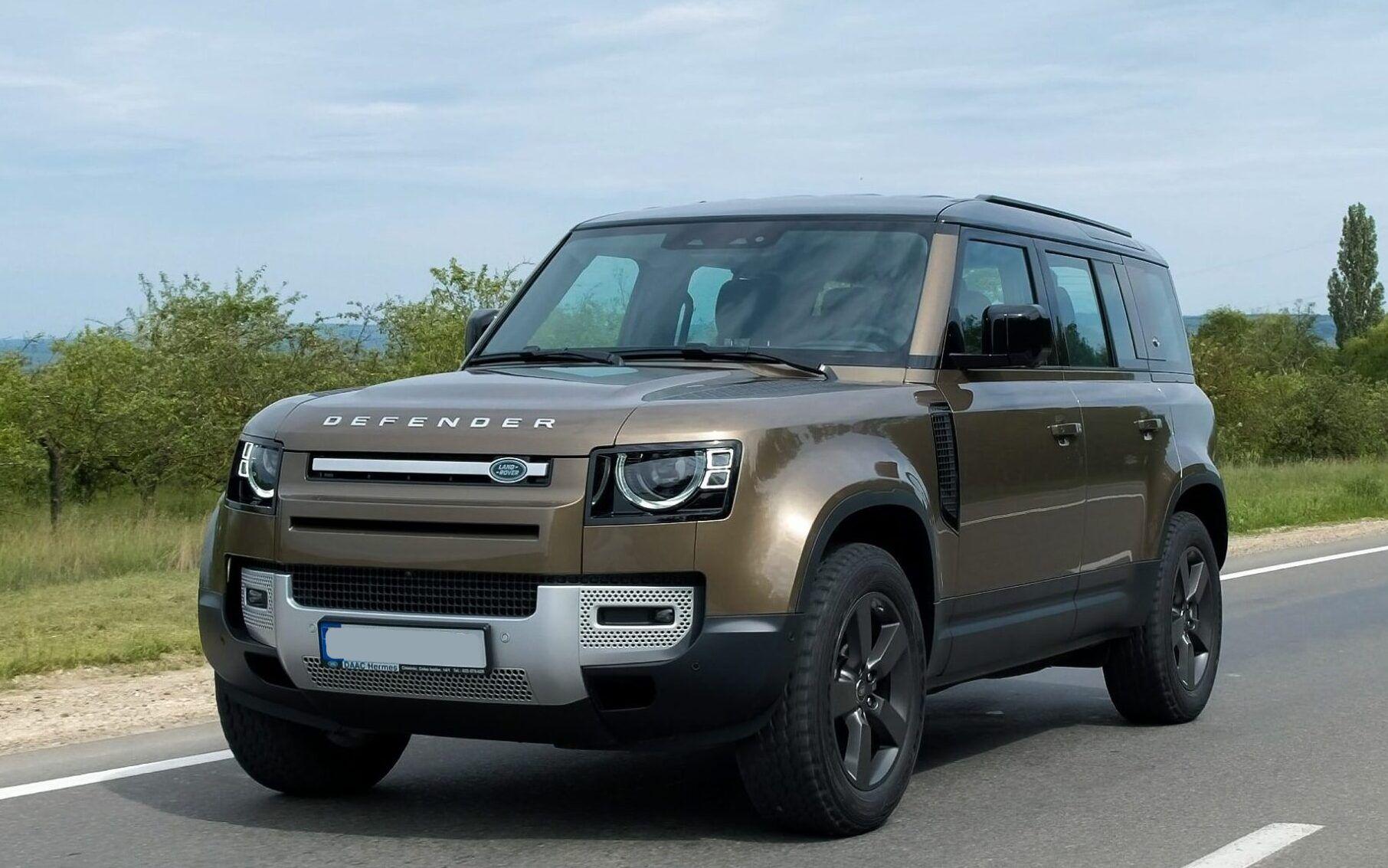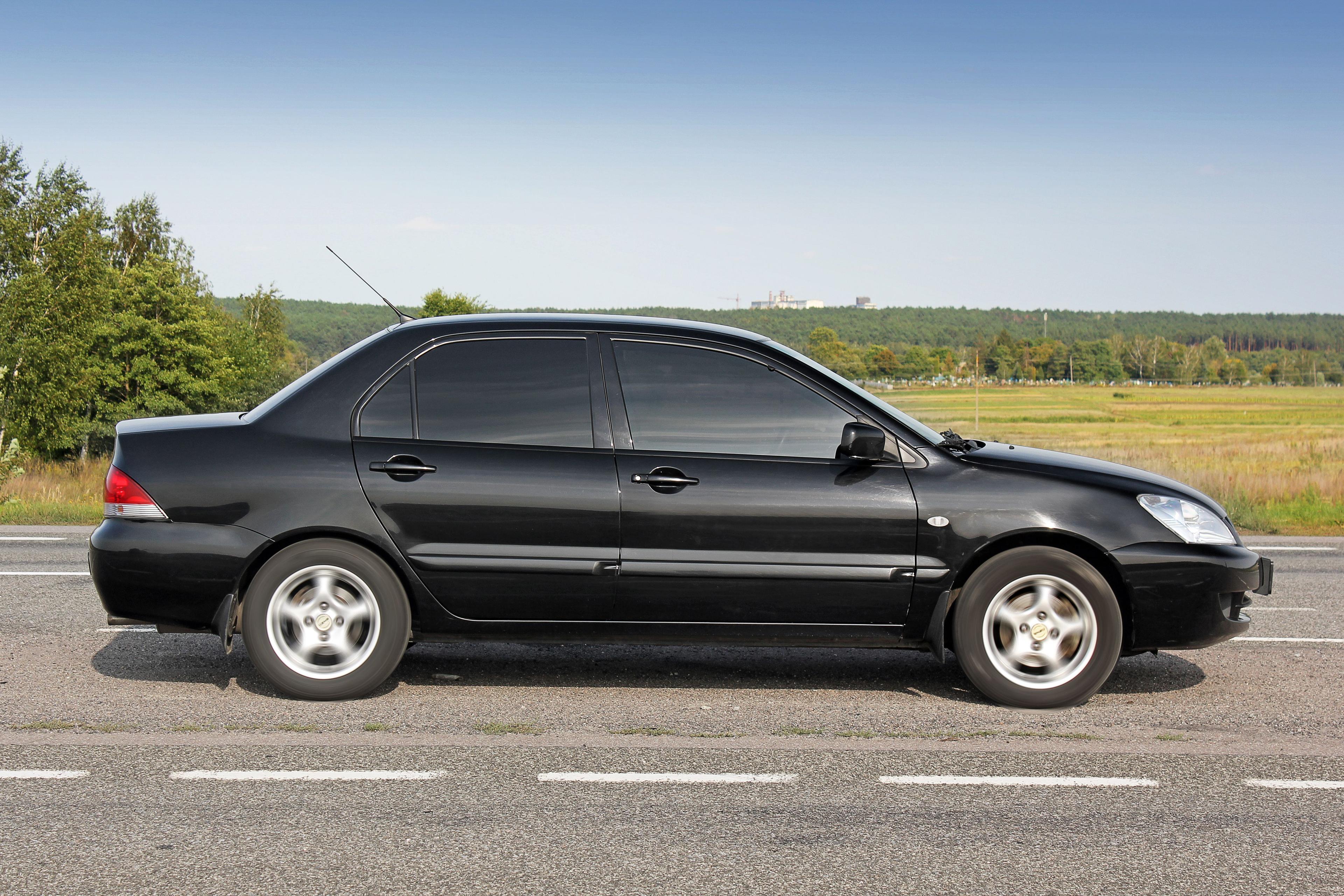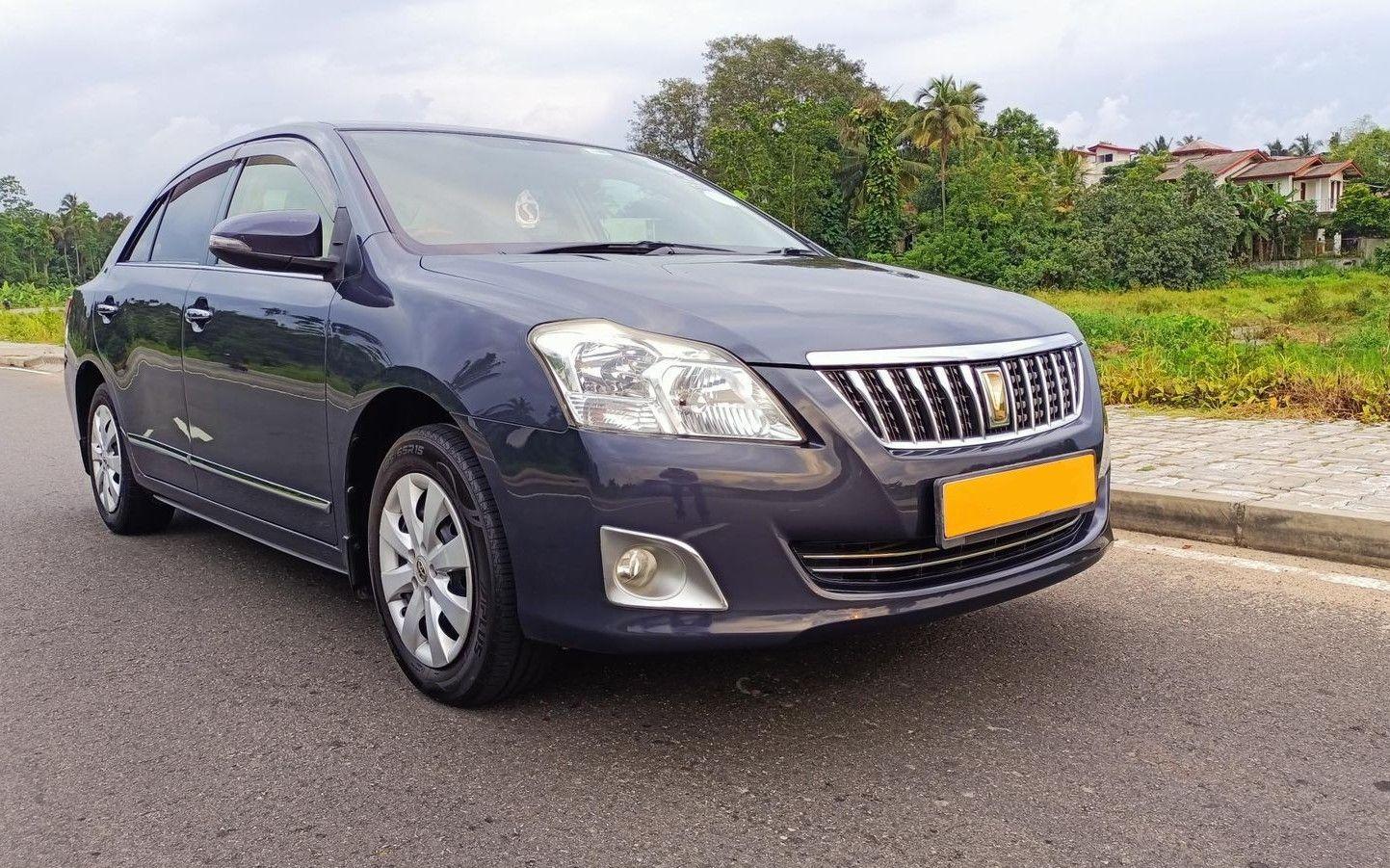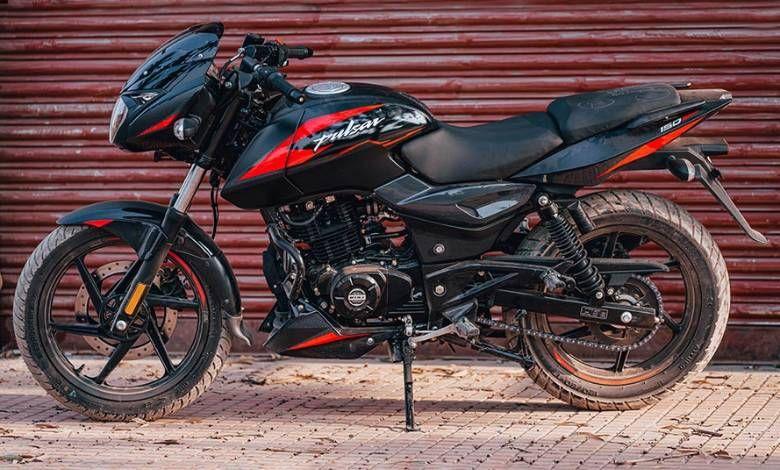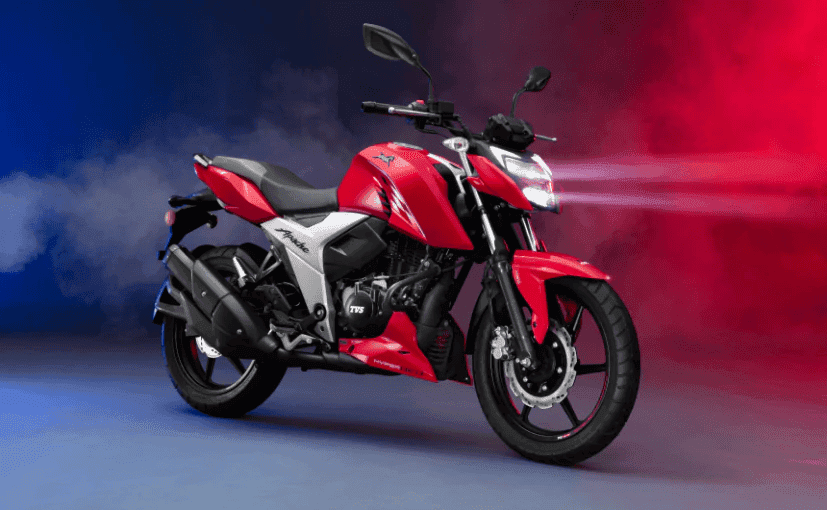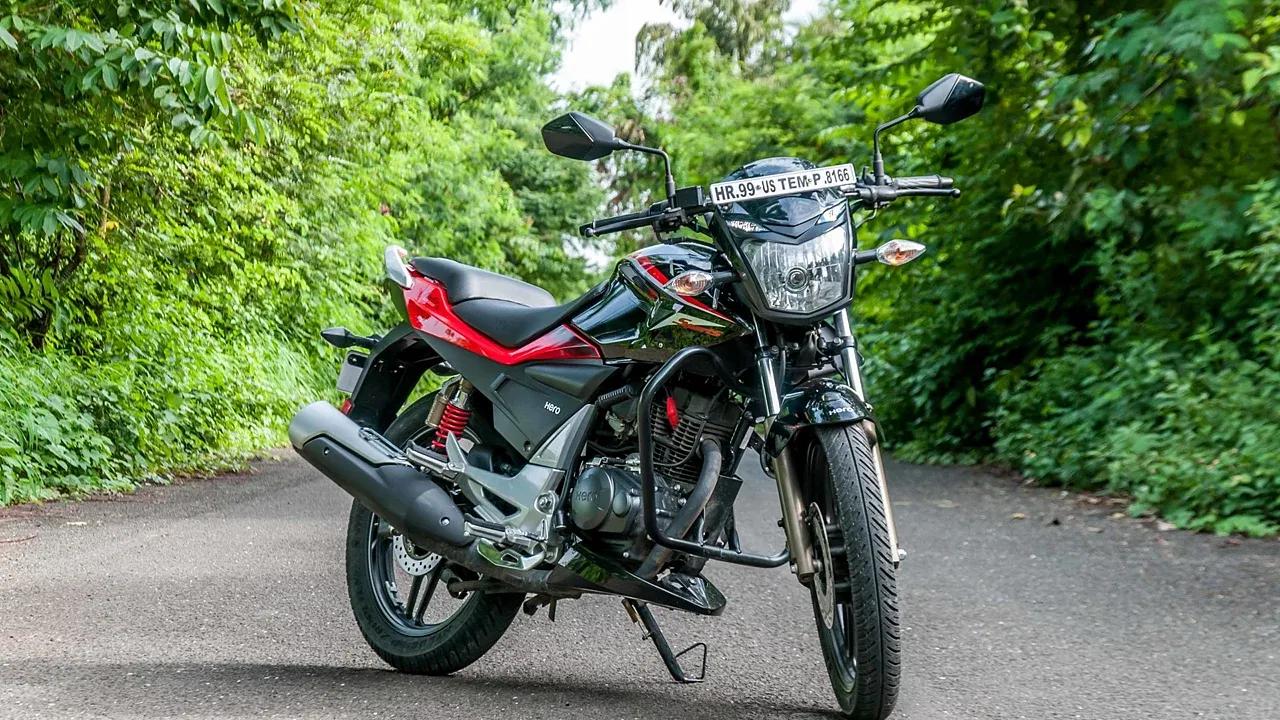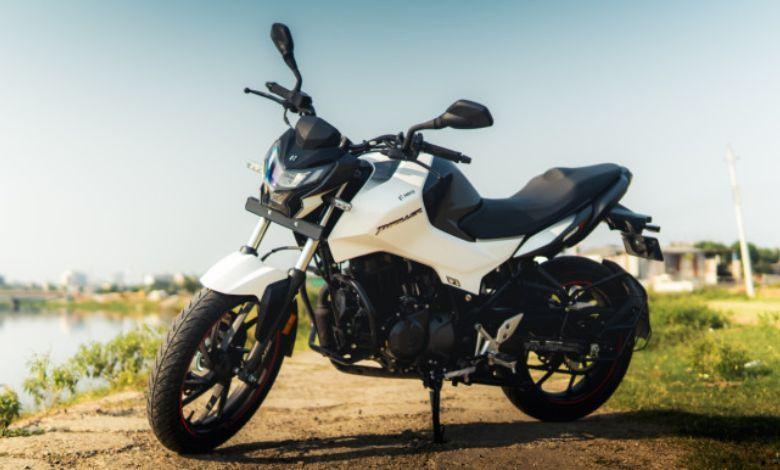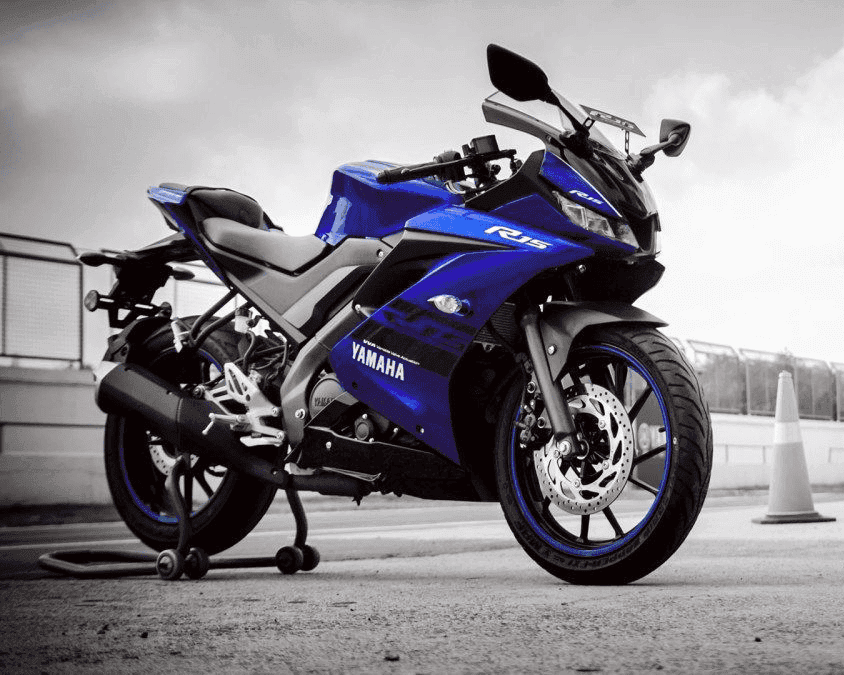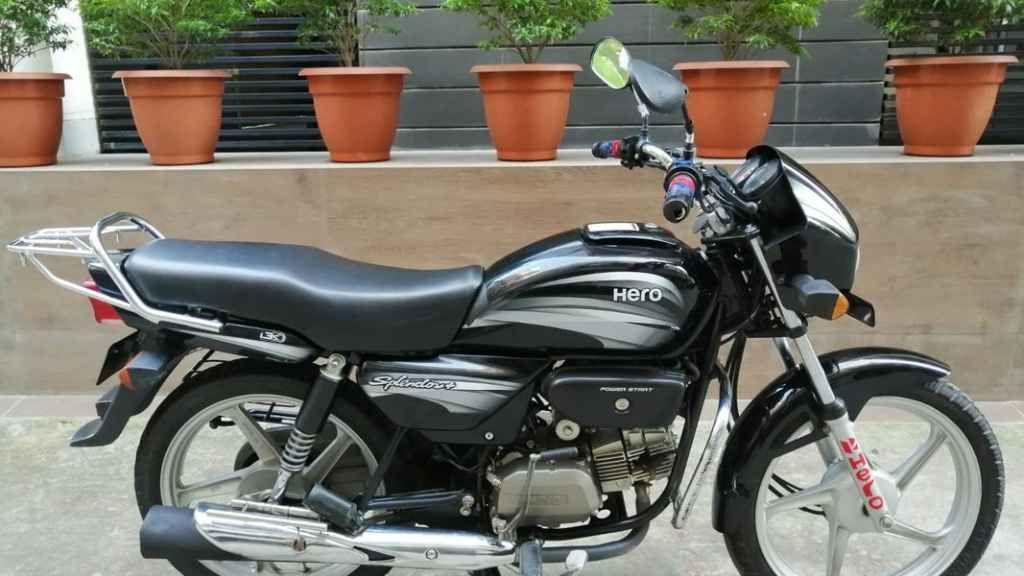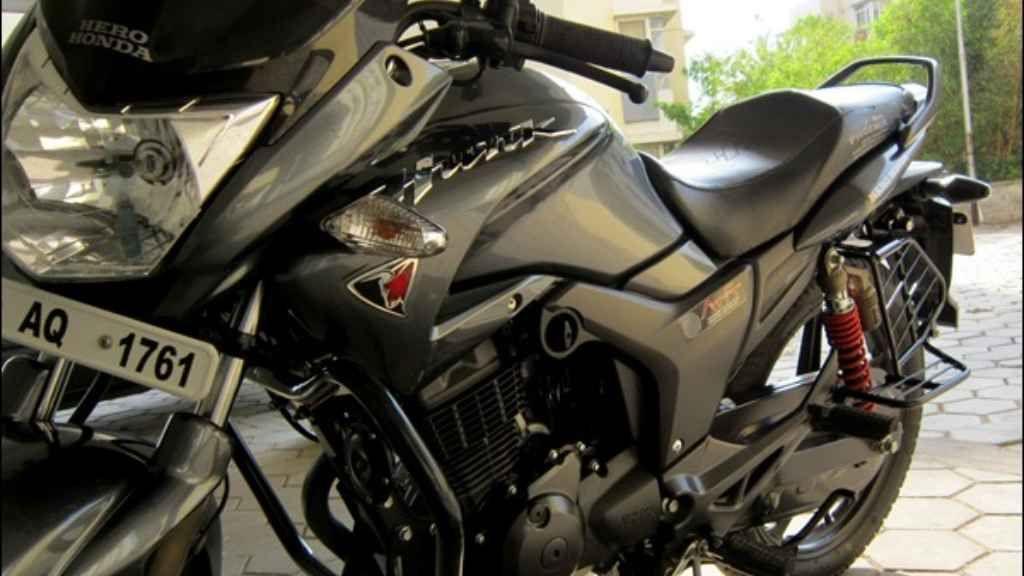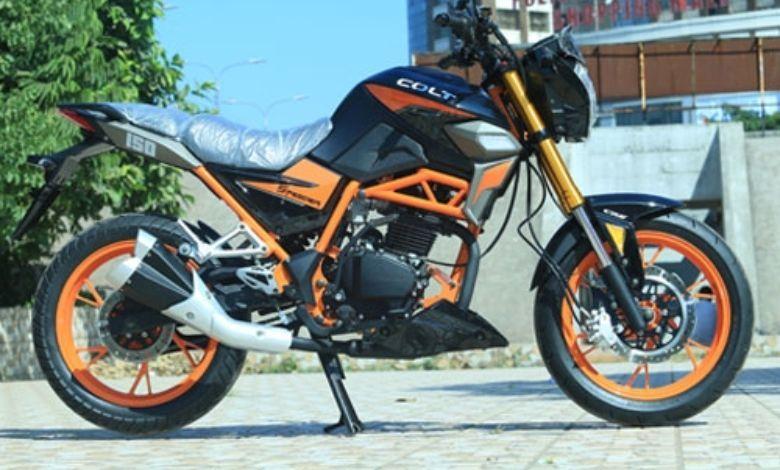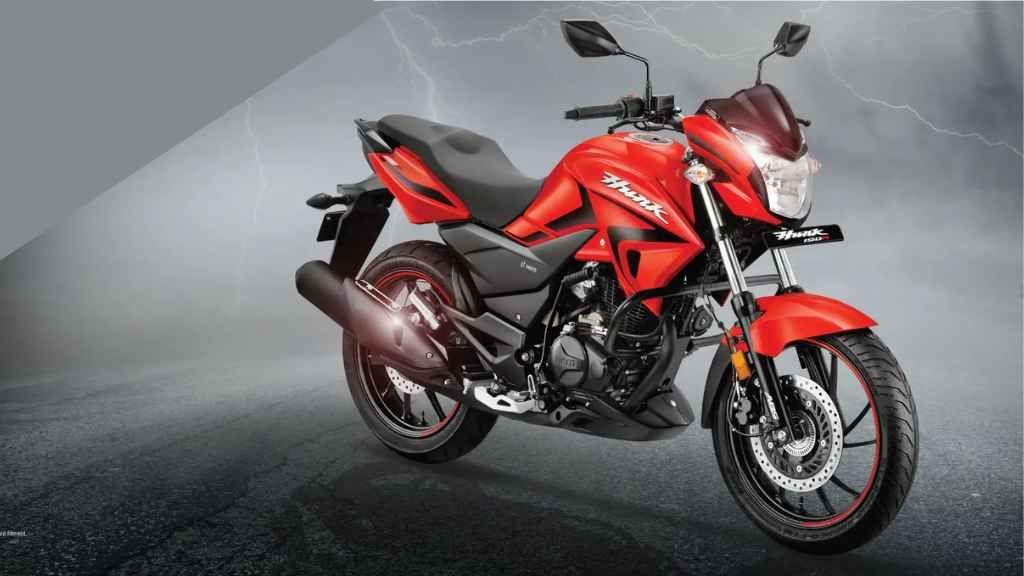How to Warm Motorcycle Tires in Cold Weather

In cold weather, both warming up and maintaining motorcycle tires are extremely important tasks, as they help ensure overall safety and stability. In today's blog, we will discuss how this process works for you.
Reaching a destination by pushing through city traffic is a big challenge. Therefore, people resort to various means and strategies to facilitate daily commuting. For example, motorcycles allow for relatively faster travel to destinations compared to other vehicles. That's why many choose motorcycles as a mode of transport for going to the office or university.
Again, to avoid traffic jams, many people leave very early in the morning so they can reach their desired destination before traffic increases on the roads. But this creates a problem in winter.
You'll be surprised to know that when you ride a bike in strong cold winds during winter, not only you, but your bike's tires also get just as cold. Didn't understand? Actually, in cold weather, motorcycle tires get cold, which creates several problems. Sometimes there is also a risk of accidents.
Therefore, along with buying a jacket and gloves for yourself, it is essential to pay special attention to your motorcycle tires. For your convenience, we will discuss this in detail today.
How Tires Are Made
Before knowing how to warm up motorcycle tires in cold weather, let's learn about the process of making these tires.
The first and main ingredient for making bike tires is rubber, which is collected from a special tree through a different process. Most available in Asia, rubber is collected from these trees much like date palm sap. This rubber is then processed and sent to tire factories.
There, synthetic rubber, carbon black, and other chemicals are added to this rubber, and tires are manufactured using machines. Each chemical and color used in tire manufacturing is very strong, so they can withstand high friction and achieve adequate stability.
Preparing to Warm Up Motorcycle Tires
- Inspection and Checkup: Before starting a motorcycle ride in cold weather, check the rubber and wheels of your motorcycle tires. Ensure there are no cracks, low pressure, or uneven wear. These issues can cause more problems in cold weather, so make sure your tire condition is good.
- Tire Pressure Check: Before starting to ride, properly check the air pressure in your motorcycle tires. Ensure that the tires have the air pressure recommended by the motorcycle tire manufacturer or specified in your motorcycle's manual. Adjust air pressure if necessary.
5 Processes for Tire Warm-Up
- Ride Gently: Once the tire warm-up process begins, if possible, ride gently in a straight line. This will increase the proper grip of the tires and distribute weight correctly.
- Brake Slowly: After starting to ride, brake slowly. Maintain moderate speed at this stage of motorcycle riding, and if running at the same speed, braking should be easy.
- Braking Technique: When braking, if the motorcycle's front and rear brakes are separate, it's important to use them correctly. This requires applying brakes gradually. Of course, this must be according to your motorcycle's manual or brake system.
- Brake Disc Check: Continuously check the brake disc over time. This is part of your motorcycle's brake system, and if it works properly, you can brake correctly.
- Keep Tires Smooth: In cold weather, tires need to be at the correct temperature. A smooth and controlled driving style helps maintain tire stability during normal operation, and this becomes even more crucial in cold weather.
4 Tips for Tire Warm-Up:
- Check Tire Grease and Lubricant: Locally check tire grease and lubricant and moisturize them if necessary.
- Check Alignment: Check alignment for proper weight distribution.
- Check Brake Line and Fluid: Monitor the condition of the brake lines and fluid and address any issues if necessary.
- Battery Check: Cold weather can harm battery performance, so check battery performance and charge them if necessary.
By following this motorcycle tire warm-up process in cold weather, you will be able to ride your motorcycle comfortably, avoid the risk of accidents, and extend the lifespan of your motorcycle tires.
We hope you enjoyed today's blog. To get more such blogs in the future and to learn about various motorcycle parts, keep an eye on our Bikesguide page.


